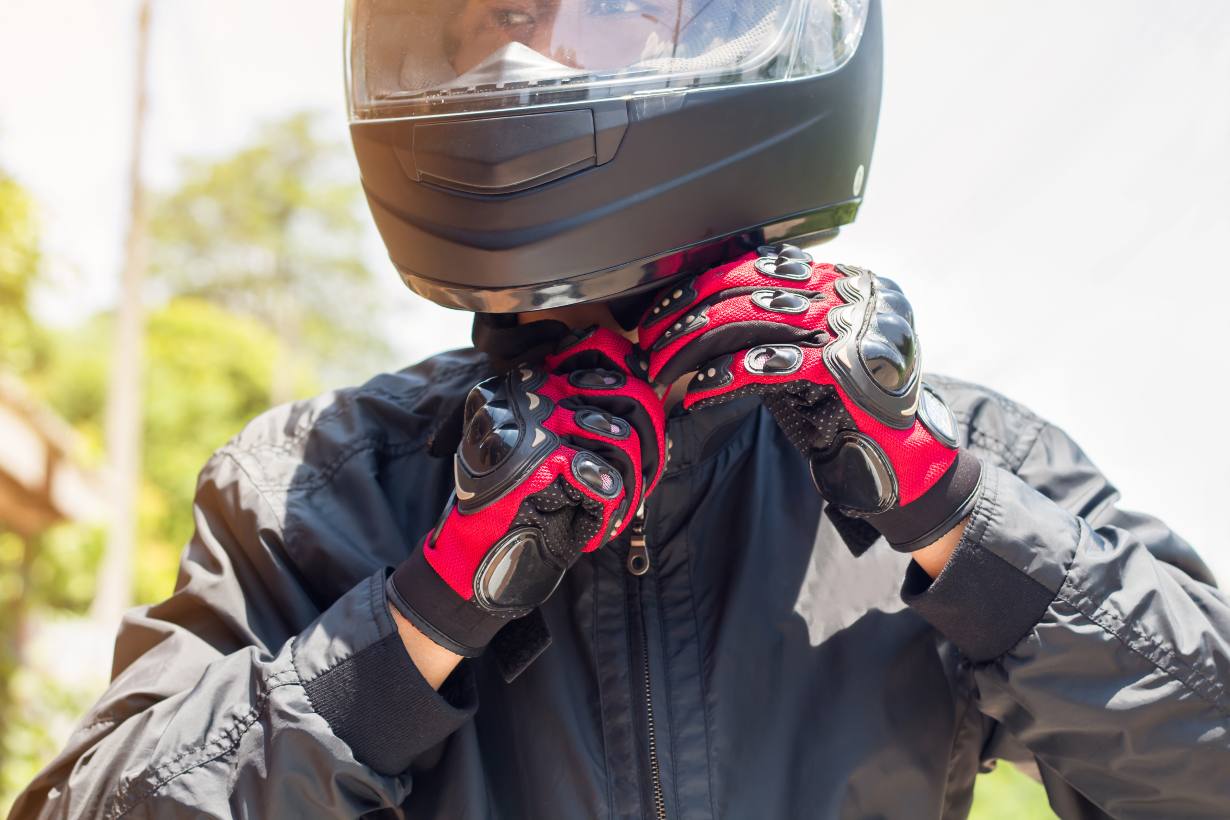When it comes to helmet safety, many wonder if an expensive helmet is truly better than a budget-friendly option. After all, both types claim to protect you in the event of an accident.
This article dives into the safety aspects of cheap versus expensive helmets, examining the key differences in materials, construction, certifications, and additional features that can impact your protection on the road.
1. Helmet Safety Standards and Certification
Whether a helmet is cheap or expensive, it must meet certain safety standards to be legally sold for on-road use.
- DOT (Department of Transportation): In the U.S., helmets must meet DOT FMVSS 218 standards to be sold for road use, regardless of price.
- ECE (Economic Commission for Europe): A common certification in Europe, ECE helmets are tested rigorously for impact and retention.
- Snell: A voluntary certification with more stringent standards than DOT or ECE, typically found in more expensive helmets.
Are Cheap Helmets as Safe?
Budget helmets that meet DOT or ECE standards provide basic protection, but they may lack the rigorous testing of Snell-certified helmets, which are often pricier. While they pass the minimum safety requirements, higher-end helmets are tested to withstand higher impact forces and may offer extra layers of protection.
2. Materials and Construction Quality
The materials used in helmet construction play a significant role in safety, durability, and comfort.
- Shell Material:
- Cheap Helmets: Typically made with polycarbonate or thermoplastic, which is affordable but can wear down over time.
- Expensive Helmets: Often use advanced materials like fiberglass, carbon fiber, or Kevlar, which provide superior impact resistance and durability.
- Liner and Padding:
- Cheap Helmets: Generally use single-density EPS (expanded polystyrene) foam, which provides basic impact absorption.
- Expensive Helmets: May have multi-density EPS or advanced impact-absorbing foams, offering better protection across a wider range of impact scenarios.
Are Cheap Helmets as Safe?
The materials in cheaper helmets provide adequate protection in standard impact scenarios, but pricier helmets with premium materials can better absorb high-energy impacts, reducing the risk of injury.
3. Comfort and Fit
Comfort might not seem directly related to safety, but a helmet that fits poorly or feels uncomfortable can be a distraction, especially on long rides.
- Cheap Helmets: May lack customizable fit features, have fewer padding options, and offer limited ventilation. This can cause discomfort, particularly on long rides.
- Expensive Helmets: Often have advanced fit systems (e.g., adjustable dials or more comprehensive padding) and ventilation channels to keep the rider cool and comfortable.
Are Cheap Helmets as Safe?
Comfort affects safety indirectly—an uncomfortable helmet is more likely to be worn improperly or taken off. A snug, comfortable fit in high-end helmets promotes better protection because it stays secure during impact.
4. Safety Technologies
Many expensive helmets come with advanced safety technologies that can reduce specific types of injuries.
- MIPS (Multi-Directional Impact Protection System): MIPS is an additional layer inside the helmet that reduces rotational forces during angled impacts. It’s more common in premium helmets.
- Reinforced Chin Bars and Shells: Full-face helmets with reinforced chin bars are often found in pricier models, offering added protection for riders involved in high-speed or extreme sports.
Are Cheap Helmets as Safe?
While budget helmets generally lack advanced safety technologies like MIPS, they still offer protection for direct impacts. However, high-end helmets provide enhanced safety features that can make a significant difference in certain accidents.
5. Durability and Longevity
The longevity of a helmet is influenced by the quality of materials and construction.
- Cheap Helmets: Typically have a shorter lifespan due to materials that can degrade faster over time. The EPS foam and plastic shells in budget helmets may weaken with exposure to sunlight or frequent use.
- Expensive Helmets: Made with high-quality materials, they are often more durable, with shells and liners that resist wear and tear better.
Are Cheap Helmets as Safe?
While a cheap helmet may provide adequate protection when new, its safety performance may degrade faster over time, making it less effective as it ages compared to a premium helmet.
6. Cost vs. Value: Is an Expensive Helmet Worth It?
While a premium helmet may cost more, it can offer better long-term value due to enhanced durability, comfort, and advanced safety features.
- Basic Protection on a Budget: If you need a helmet for occasional, low-speed riding, a DOT-certified budget helmet can meet your needs without breaking the bank.
- Enhanced Safety and Comfort for Regular Riders: For frequent riders, especially those at higher speeds or in intense riding conditions, the advanced features and durability of a premium helmet provide better protection and comfort, justifying the higher price.
Are Cheap Helmets as Safe?
For the average rider, a cheap helmet can provide basic safety. However, for those who prioritize maximum protection and plan on long or frequent rides, investing in a premium helmet with advanced features can be worthwhile.
7. Pros and Cons of Cheap vs. Expensive Helmets
| Feature | Cheap Helmet | Expensive Helmet |
|---|---|---|
| Safety Standards | DOT/ECE certified | Often DOT, ECE, and Snell certified |
| Materials | Basic materials (e.g., polycarbonate) | Premium materials (e.g., carbon fiber) |
| Comfort | Limited padding and ventilation | Customizable fit, superior ventilation |
| Safety Features | Basic impact protection | MIPS, multi-density EPS, reinforced chin bars |
| Durability | Shorter lifespan, degrades quicker | Longer-lasting, premium construction |
| Cost | Affordable | Expensive, with added safety features |
This table highlights the core differences between cheap and expensive helmets, helping readers weigh the pros and cons.
Conclusion: Are Cheap Helmets Safe Enough?
In summary, cheap helmets that meet DOT or ECE certifications provide essential protection and are a viable option for casual or budget-conscious riders. However, more expensive helmets go beyond these standards, offering better materials, advanced safety features like MIPS, and enhanced comfort.
For regular or high-speed riders, investing in a premium helmet can make a difference in both safety and comfort, making it a worthwhile choice.
Ultimately, the choice between a cheap and an expensive helmet depends on your riding style, budget, and safety priorities. Remember, any helmet is better than none, but a helmet that fits well and meets your specific riding needs is the best option for optimal protection.








